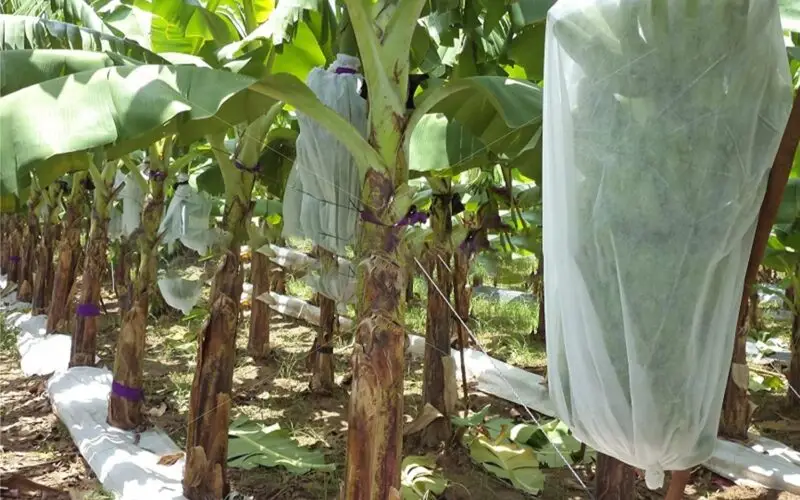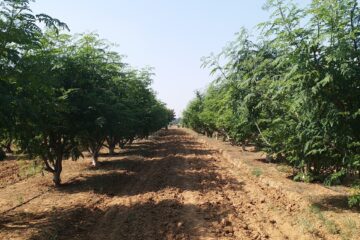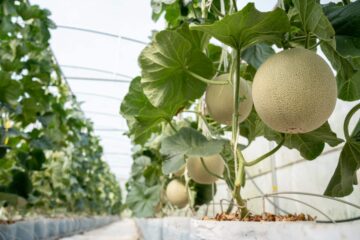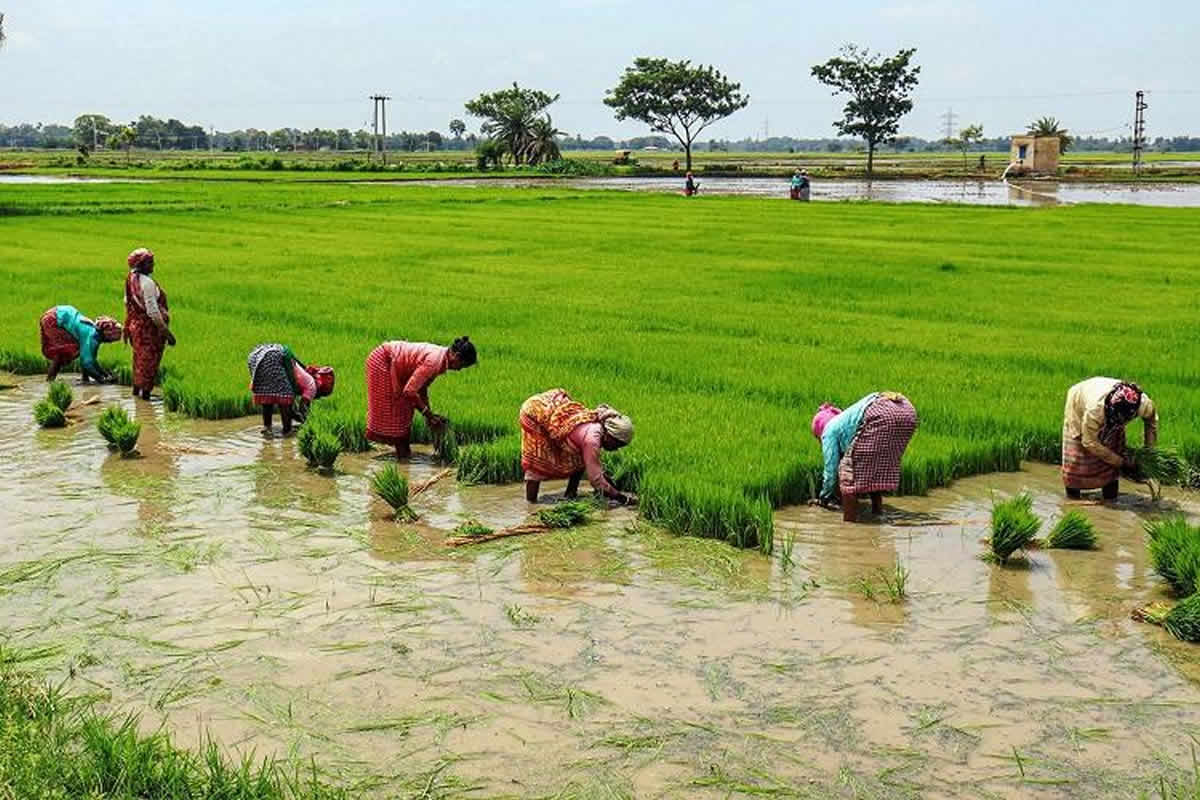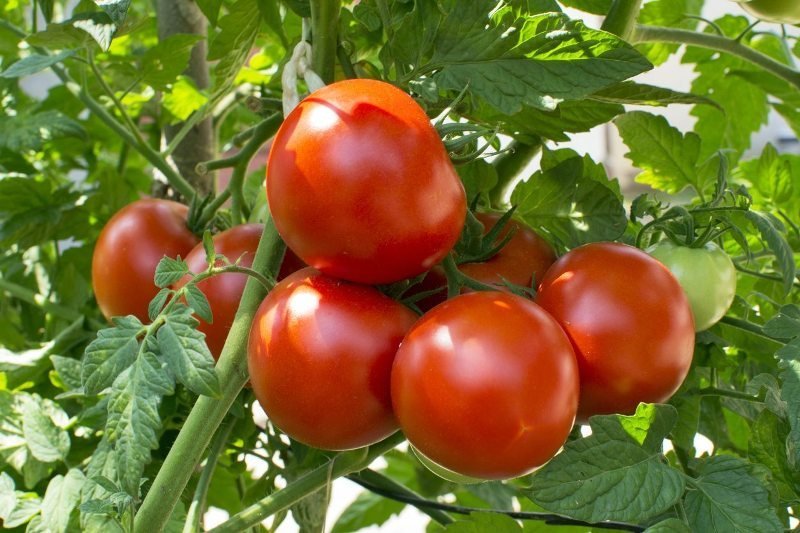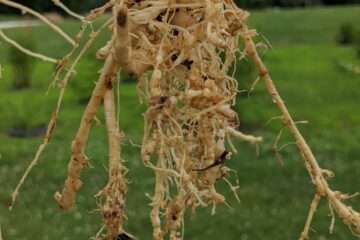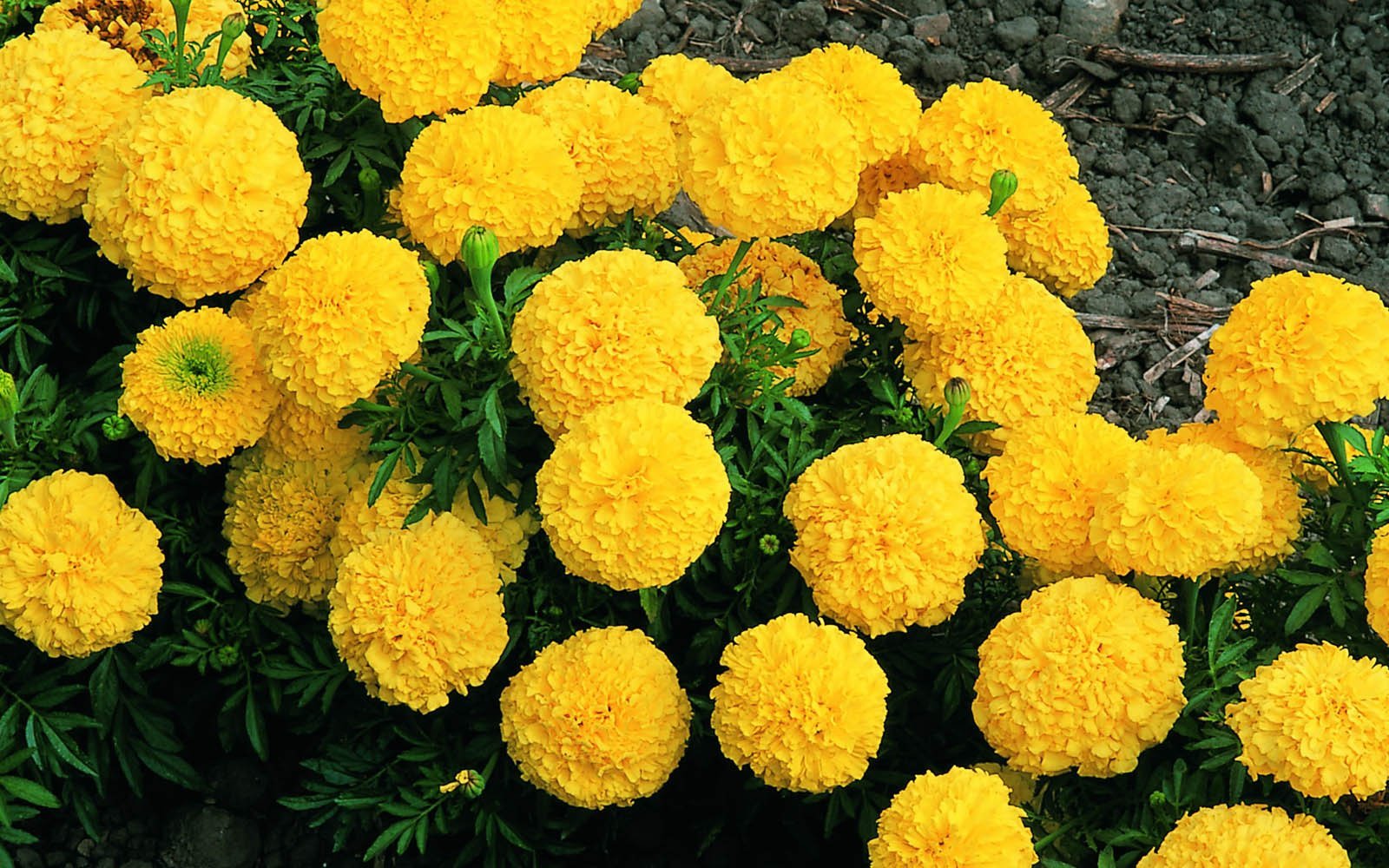Article Published in May 2017
Bananas are rich in carbohydrates and vitamins, and are an excellent source of nutrients such as potassium, phosphorus, calcium, and magnesium. Pre-harvest management practices significantly enhance the external appearance and market quality of bananas.
In competitive export markets, the appearance of the banana peel is critical. Polyethylene covers provide this protection, enhancing both the market quality and yield of bananas. As a result, the use of these covers is becoming increasingly popular among banana farmers.
Bananas rank second only to mangoes in fruit production in India. Due to their affordability and high nutritional value, bananas are widely consumed both as fruit and cooked as vegetables. They are easy to digest and are fat-free.
Nutrients in Bananas
Bananas are rich in essential nutrients, making them an important part of a balanced diet. They contain vitamins A and C, iron, and various minerals.
Importance of Polyethylene Covers
The main goal of using polyethylene covers is to improve the external appearance and yield of the bananas. These covers protect the fruit from various external factors like wind, dust, sunlight, bird pecking, and handling damage during harvest. They also reduce the impact of pests.
Traditional Practices
Covering banana bunches with old banana leaves has been a traditional practice for centuries. Today, polyethylene covers are used globally in banana-growing regions. Blue polyethylene covers are most commonly used in banana production.
Recent Developments
Recently, covers with colors like blue, green, and yellow with a silver coating have been used. Different colored covers help in assessing the ripeness of the bunches. The silver coating on these covers protects the fruit from sun damage.
Benefits of Using Covers
- Protection from Environmental Damage: The covers protect bananas from wind, dust, sun, bird pecking, and handling damage.
- Pest Control: Covers help reduce pest damage significantly. To avoid pest attacks, it is essential to cover the bunches immediately after pollination.
- Improved Fruit Quality: Covers result in better-quality fruits with an attractive external appearance.
- Increased Yield: Covers help in producing larger and more uniform bananas.
Types and Specifications of Covers
Banana covers are made from low-density polyethylene, with a thickness ranging from 5 to 40 microns. They are typically 81.3 to 91.4 cm (32 to 36 inches) wide and 1 to 1.5 meters (3.3 to 5 feet) long. These covers are usually white or light blue. The silver coating on the covers reflects solar heat.
The recommended type of cover varies based on the climate. Dense, non-perforated covers are suitable for cooler, temperate regions, while perforated covers are ideal for tropical regions, allowing for better air circulation.
Application of Covers
- Timing: Cover the banana bunches when the fingers start curling upwards, which typically takes 2-3 weeks after the male bud falls.
- Method: Cut the cover to the required length (1 to 1.5 meters) and slide it over the bunch from the bottom, securing it above the first hand.
- Bottom Opening: Leave the bottom of the cover open and ensure it hangs at least 6 inches below the last hand of the bunch.
Conclusion
Using banana fruit protection covers provides significant benefits to banana farmers, such as enhanced external appearance, uniform ripening, and higher yields. These covers effectively protect bananas from various environmental factors and pests, leading to better-quality fruits and increased profits.
Dr. M. Rajasekar, K. Govindan, S.V. Kotteeswaran, Precision Farming Development Center, Agricultural Engineering College, Tamil Nadu Agricultural University, Coimbatore – 641 003.

